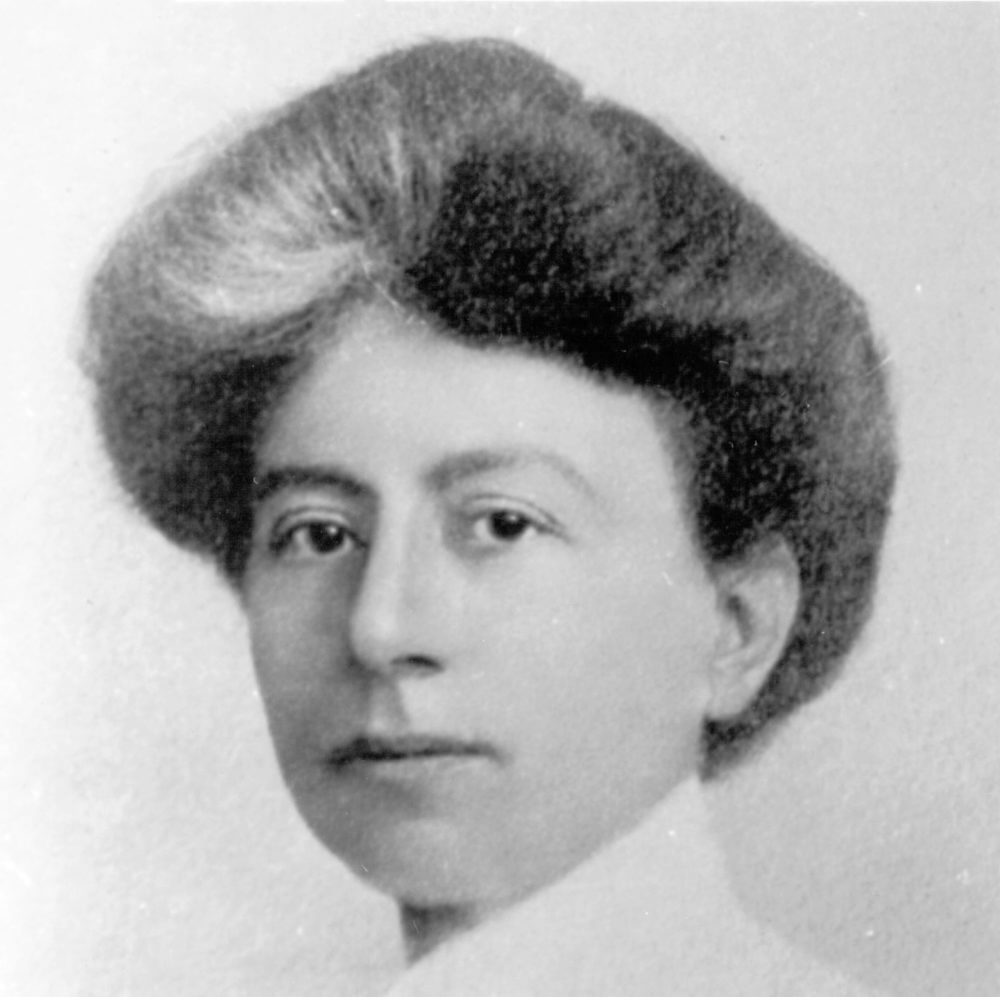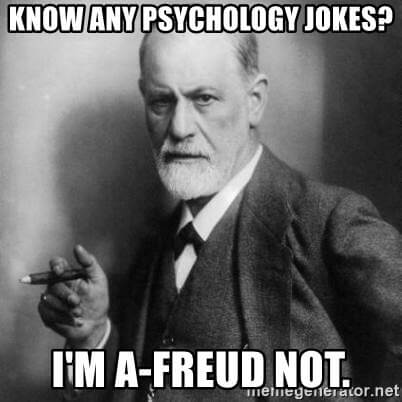Margaret Floy Washburn: A Biography of Her Life
Margaret Floy Washburn was an important early psychologist who is notable for being Edward B. Titchener’s very first graduate student. Like other women psychologists of her time, she faced considerable discrimination in the pursuit of her studies and career, yet she managed to leave an important mark on the field as a respected teacher, writer,…

Margaret Floy Washburn was an important early psychologist who is notable for being Edward B. Titchener’s very first graduate student. Like other women psychologists of her time, she faced considerable discrimination in the pursuit of her studies and career, yet she managed to leave an important mark on the field as a respected teacher, writer, and researcher.
Best Known For
- The first woman to be awarded a Ph.D. in Psychology
- The second woman president of the American Psychological Association
- Experimental research on physiological processes and animal cognition
Birth and Death
July 25, 1871 – October 29, 1939
Early Life and Education
Margaret Floy Washburn was born on July 25, 1871 in New York City and raised an only child. She graduated from high school at age 15 and enrolled in Vassar College, Poughkeepsie during the fall of 1886. It was during her first year of school that she developed an interest in philosophy and psychology. She graduated from Vassar in 1891 and went to study with James McKeen Cattell at Columbia University. Unfortunately, Columbia would only allow her to audit courses since she was a woman.
She then enrolled at Cornell University under Cattell’s suggestion, and became Edward B. Titchener’s first graduate student. “He did not quite know what to do with me,” she would later say of her initial studies with Titchener.
Washburn became the first woman to be granted a Ph.D. in Psychology. Mary Whiton Calkins had earlier completed all the requirements for a Ph.D., but Harvard refused to grant her the degree because she was a woman.
Career
After earning her degree, Washburn took a position as a psychology professor at Wells University where she remained for the next six years. After a brief period as an advisor at Cornell, she took an assistant professorship position at the University of Cincinnati where she was the only woman faculty member.
In 1903, Washburn returned to Vassar College as a professor, became an editor of the American Journal of Psychology, and was listed in James McKeen Cattell’s American Men of Science directory.
https://www.explorepsychology.com/comparative-psychology-definition-examples-and-research/Washburn’s primary research interests were in animal behavior as well as physiological processes and their connection to consciousness. Her 1936 book The Animal Mind was based upon her experimental work in the area of animal cognition and had an important influence on the growing field of comparative psychology.
Washburn also suggested that motor movement played an important role in thinking. Her book Movement and Mental Imagery proposed that all thought arises from the body’s movements.
Contributions to Psychology
Washburn’s contributions to the field of psychology and science happened in a time when women were often excluded from many areas and restricted from working in certain academic positions. Despite this, Washburn became a respected researcher, a prolific writer, and a beloved teacher.
Among her many honors and achievements was being named a Fellow of the National Academy of Science, becoming only the second woman to receive the honor. She published more than 200 papers, ranked as one of the top 50 psychologists at the turn of the century, and taught hundreds of students in both her classroom lectures and experimental labs.
She continued to teach until an illness forced her to retire in 1937. She died on October 29, 1939 at age 69 at her home in New York.
Selected Publications:
Washburn, M.F. (1903). The genetic function of movement and organic sensations for social consciousness. American Journal of Psychology, 14, 73-78.
Washburn, M.F. (1908). The Animal Mind. New York: Macmillan.
Washburn, M.F. (1916). Movement and mental imagery: Outlines of a motor theory of the complex mental process. Boston: Houghton Mifflin.
References
Cattell, J. M., & Brimhall, D.R. (Eds.) (1921). American Men of Science (3rd ed.) Garrison, NY: Science Press.
Martin, M. F. (1940). The psychological contributions of Margaret Floy Washburn. American Journal of Psychology, 53, 7-1.
American Psychological Association. Margaret Floy Washburn, PhD. (2014). http://www.apa.org/about/governance/president/bio-margaret-washburn.aspx
Pillsbury, W. B. (1940). Margaret Floy Washburn (1871-1939). The Psychological Review, 47 (2), 99-109.




